Much repertory, and many high-profile soloists, came to Hong Kong as something of a package deal; new works in particular often fared better in the Phil’s hands, given the orchestra generally had more rehearsal time. But the single factor that changed the Philharmonic’s fortunes completely was van Zweden’s deep dive into the music of Richard Wagner.
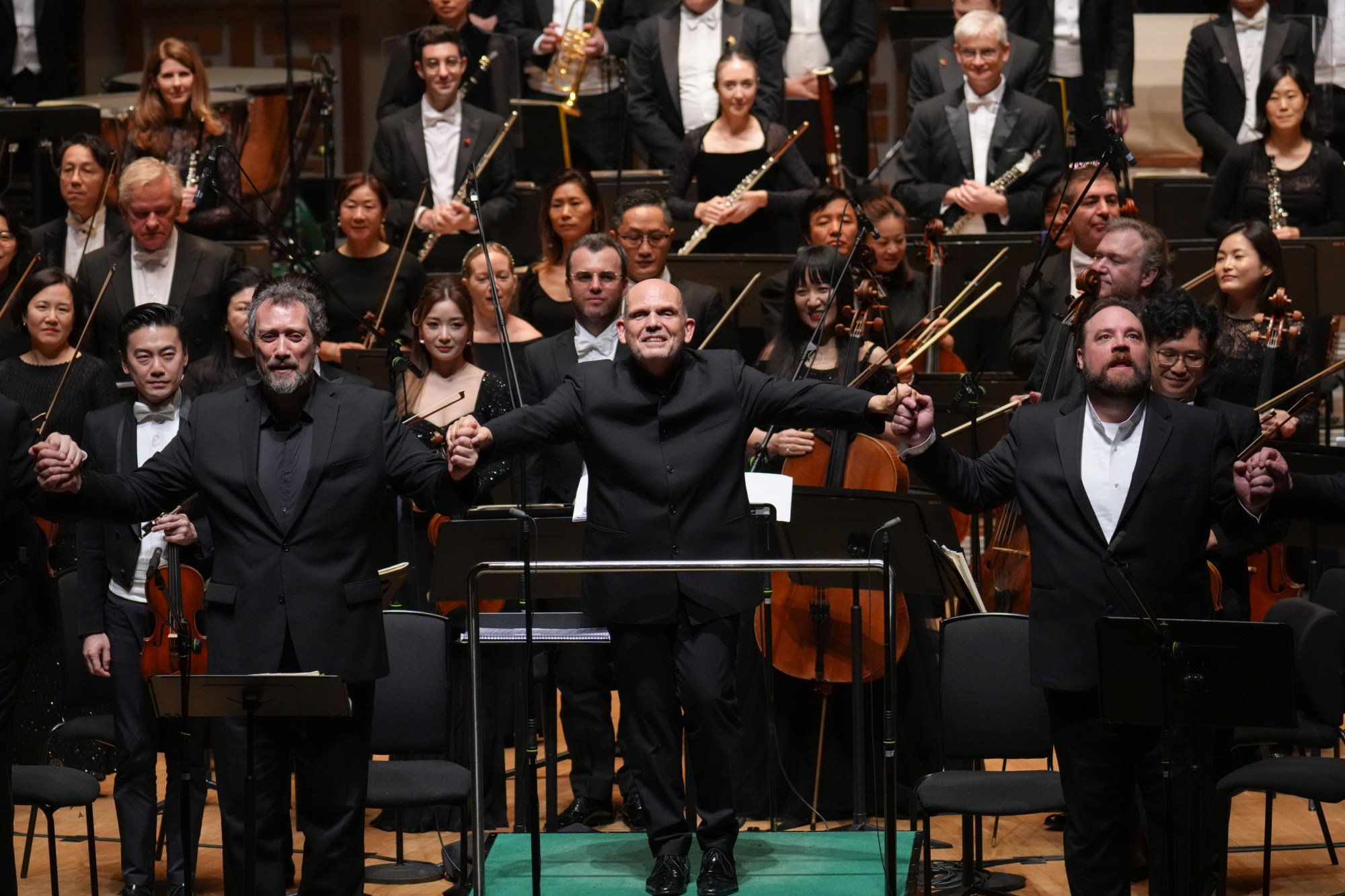
From their sheer length to their moment-to-moment orchestral brilliance, Wagner’s works have no equal. Anyone suggesting that the Hong Kong Philharmonic of 2002, or even 2012, could pull off even a single Wagner opera, let alone his epic tetralogy Der Ring des Nibelungen, would have invited ridicule.
But van Zweden inherited from conductor (and fellow Dutchman) Edo de Waart a well-toned unit. Player for player, the Philharmonic of the early 2000s had arguably been the best orchestra in the region, but utterly lacked the discipline and cohesion of a top-notch ensemble.
High on van Zweden’s to-do list was presenting Hong Kong’s first full Ring cycle, a project which also secured a recording contract (a conspicuous gap during the orchestra’s Edo period).
The Philharmonic’s Ring recordings, completed over four seasons for Hong Kong-based Naxos Records, were the decisive factor in Gramophone magazine naming the Hong Kong Philharmonic its “Orchestra of the Year” in 2019, shortly before the Covid-19 pandemic brought the curtain down on music-making worldwide.
All of this points to why the Phil’s performances of The Flying Dutchman were a compelling summary of van Zweden’s accomplishments and a showcase for the state of the Philharmonic today. (The performances on Friday and Sunday were recorded for future release on Naxos.)
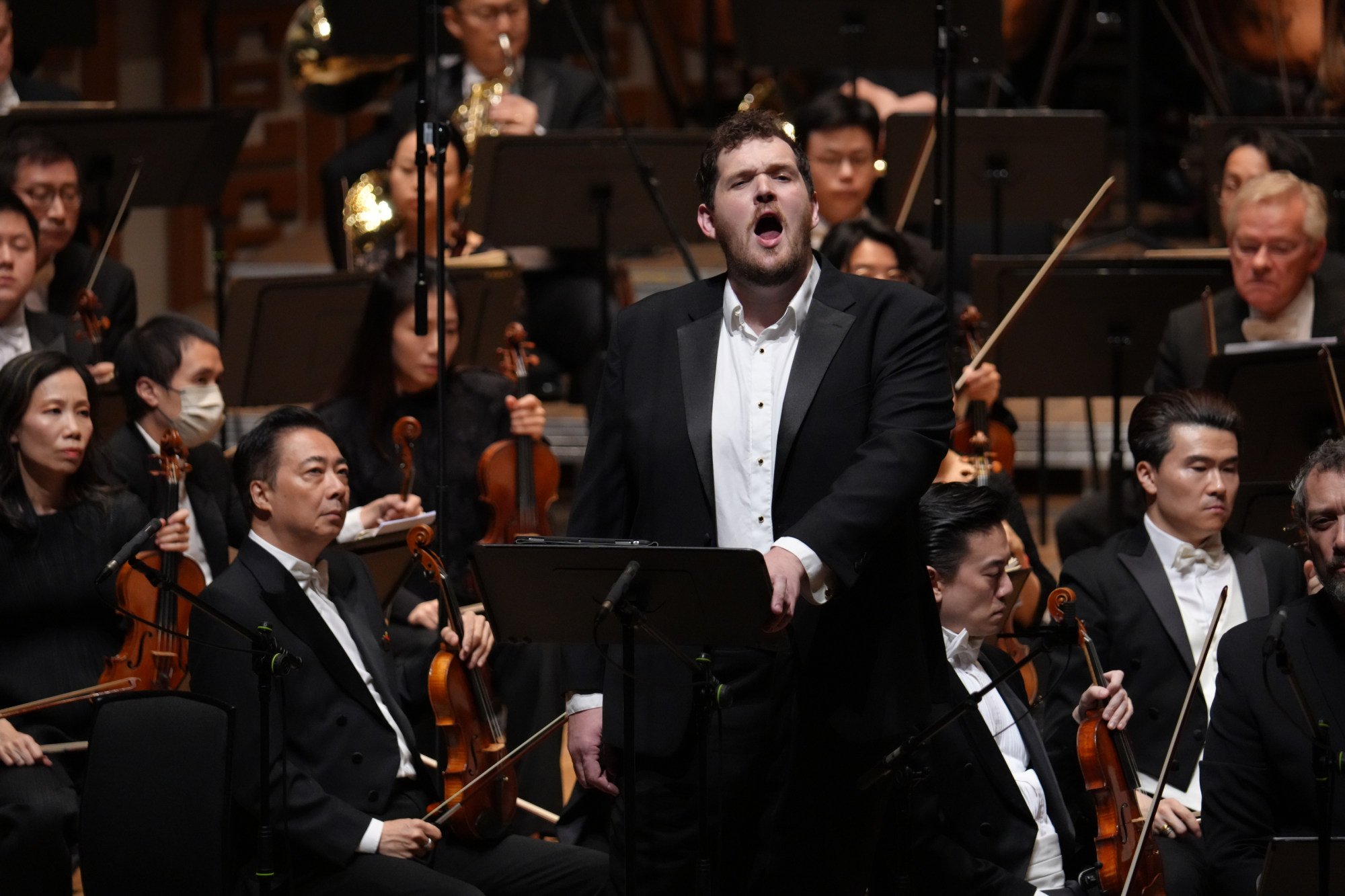
Compared to the marathon of the Ring, Dutchman is a 200-metre dash. Much of the musical effects would have been familiar to veterans of the Philharmonic’s Ring, from the horn calls and general string-section bombast to the dramatic dynamic contrasts; the orchestra could abruptly diminish volume in the quiet moments without losing an ounce of intensity.
Also recognisable was the level of casting of singers, if not in terms of specific voices then at least in their calibre and the contrast they offered. If anything, the singing in The Flying Dutchman was more consistent than in the Ring, since fewer singers were required.
Bass Ain Anger, as ship’s captain Daland, and tenor Richard Trey Smagur, as Steuermann, navigated their respective characters’ lows and highs with equal richness and fluidity. Bass-baritone Brian Mulligan’s nomadic Dutchman remained nearly as solid in his low register as Anger.
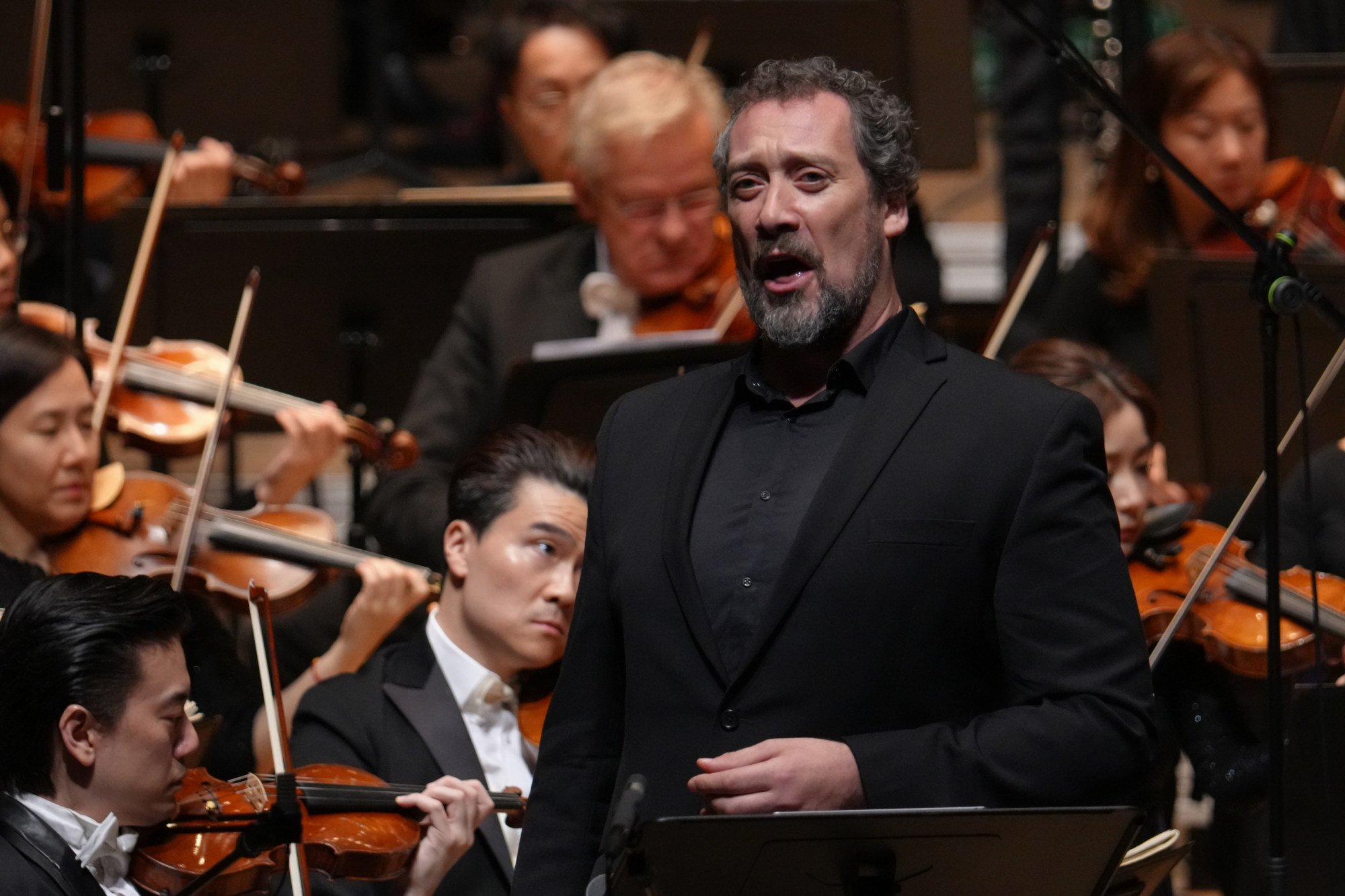
Balancing soprano Jennifer Holloway’s Senta, the captain’s daughter soon promised to the Dutchman, was contralto Maya Yahav Gour as Senta’s nurse, Mary (although Gour’s relegation to sidekick essentially left Holloway with the heavy lifting).
The sole weak link on Friday – less in vocal quality than in connection with his fellow cast members – was tenor Brian Register as Eric, Senta’s erstwhile suitor, a situation explained by the fact that Register replaced Nikolai Schukoff only a few days before the performances.
Where The Flying Dutchman differs from the Ring cycle is in its pacing. In terms of motif-driven musical narrative, the Ring defines the long game, with the impact of an emotional state or dramatic situation marked in part by its duration. Scenes can take a half-hour just to get started.
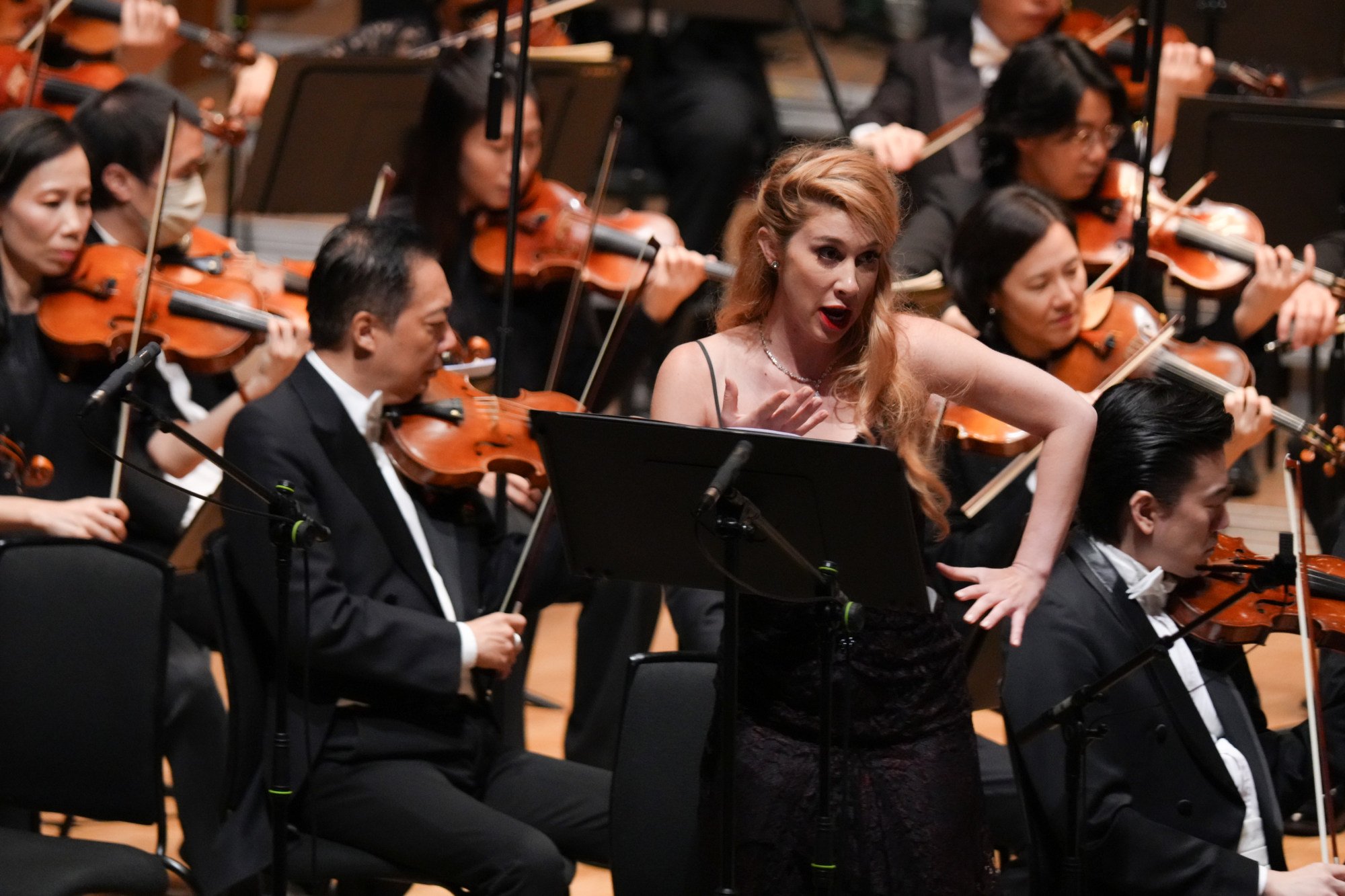
At least by Wagnerian standards, The Flying Dutchman is teeming with action, and most of its thematic building blocks, from stormy seas to the motifs of major characters, are presented up front in the overture.
Musically the opera offers a contrast between the rugged seamen of Act I – initially a bit too rugged in the orchestra on Friday – and the calmer lyricism of Senta and Mary at the beginning of Act II (the men and women of the Hong Kong Philharmonic Chorus and Netherlands Radio Choir helped frame those scenes superbly). The Ring cycle has its own contrasts, but they generally occur from opera to opera, not from act to act.
The Flying Dutchman marks the point when Wagner found his own direction without yet discarding the Italian influences he inherited. However, Friday’s performance was notably low on bel canto singing. The work essentially unfolded backwards, the mature figure looking to youth and emphasising only the traits that mattered later.
Stylistically, it’s only half the story, but having arrived by way of the Ring, it was probably the only way orchestra and music director could think of telling it.
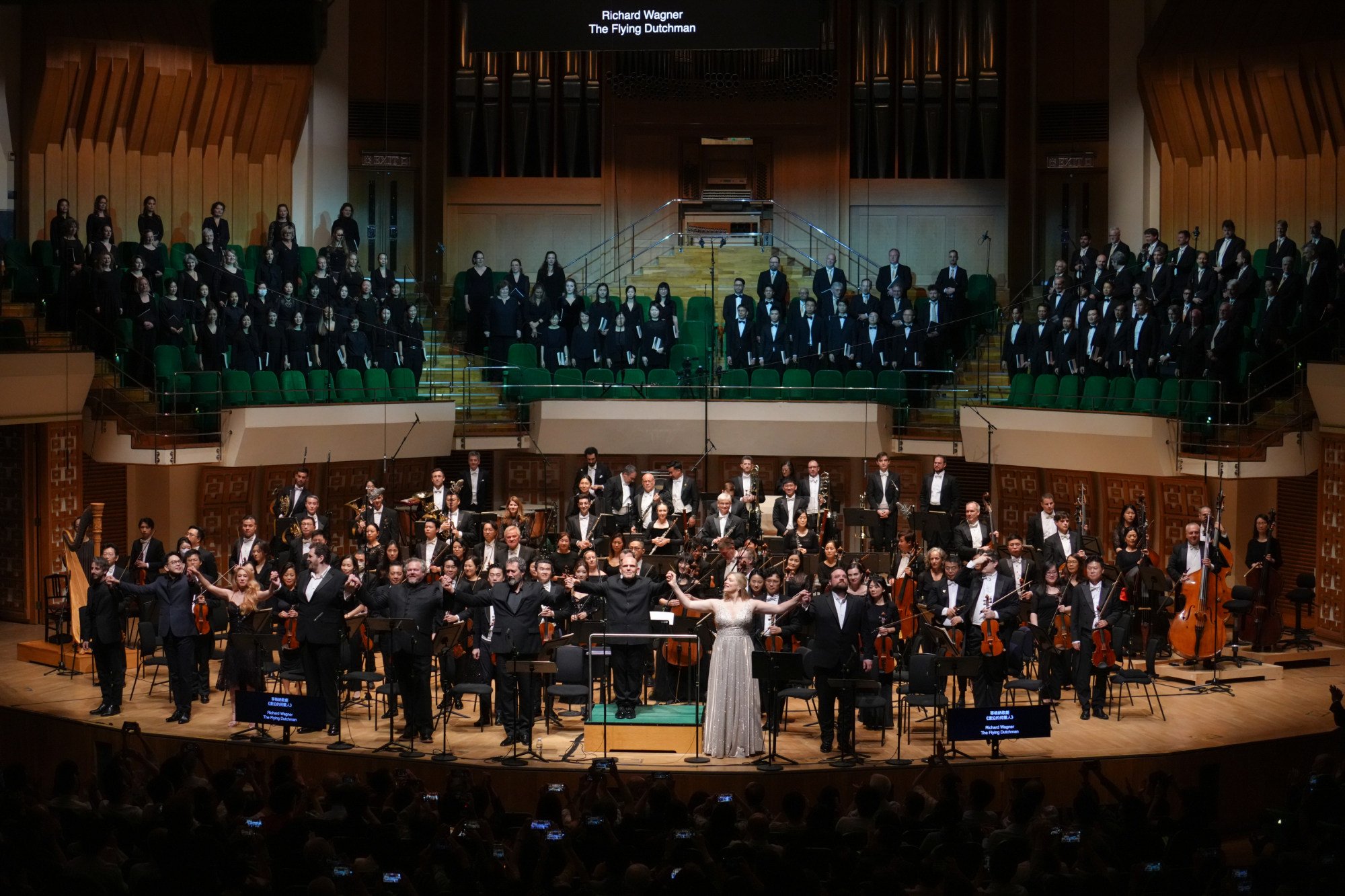
“Opera in Concert: Jaap – The Flying Dutchman”, Hong Kong Philharmonic Orchestra, Hong Kong Cultural Centre Concert Hall. Reviewed: June 21.

